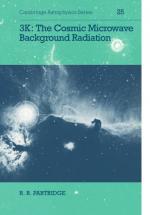|
This section contains 262 words (approx. 1 page at 300 words per page) |
Background radiation is the low intensity radiation from the small amounts of radioisotopes in the environment to which we are all exposed.
Background radiation is a result of naturally occurring radioactive decay from a number of elements found in the air, rocks, soil, and in all living things, as well as a component of bombardment by cosmic rays. There is also an amount that has been added by humans. This latter radiation comes from all uses that radioactivity is put to, from nuclear bombs to power stations, x-ray machines, and irradiation of food. The greatest component of background radiation is naturally occurring radon gas. This accounts for 55% of all background radiation. The next largest component at 11% is medical x-rays, which is the same level of contribution as radioisotopes naturally occurring in the human body. The level of exposure to background radiation for a person for one year is approximately 360 mrem. A typical dental x-ray would be the equivalent of 0.5 mrem. There are no detectable clinical effects for a short-term exposure to ionizing radiation below 25 rem. Since the 1940s when nuclear material started to be used by humans the level of background radiation has increased by a tiny amount. This increase has to be taken into account when calculating dates using the carbon-14 dating technique, but, other than such techniques that rely on measuring minute quantities of radioactive material, the increase in background radiation has had no noticeable affect.
Background radiation is mostly natural levels of radiation which have been around throughout most of the history of the planet.
|
This section contains 262 words (approx. 1 page at 300 words per page) |


